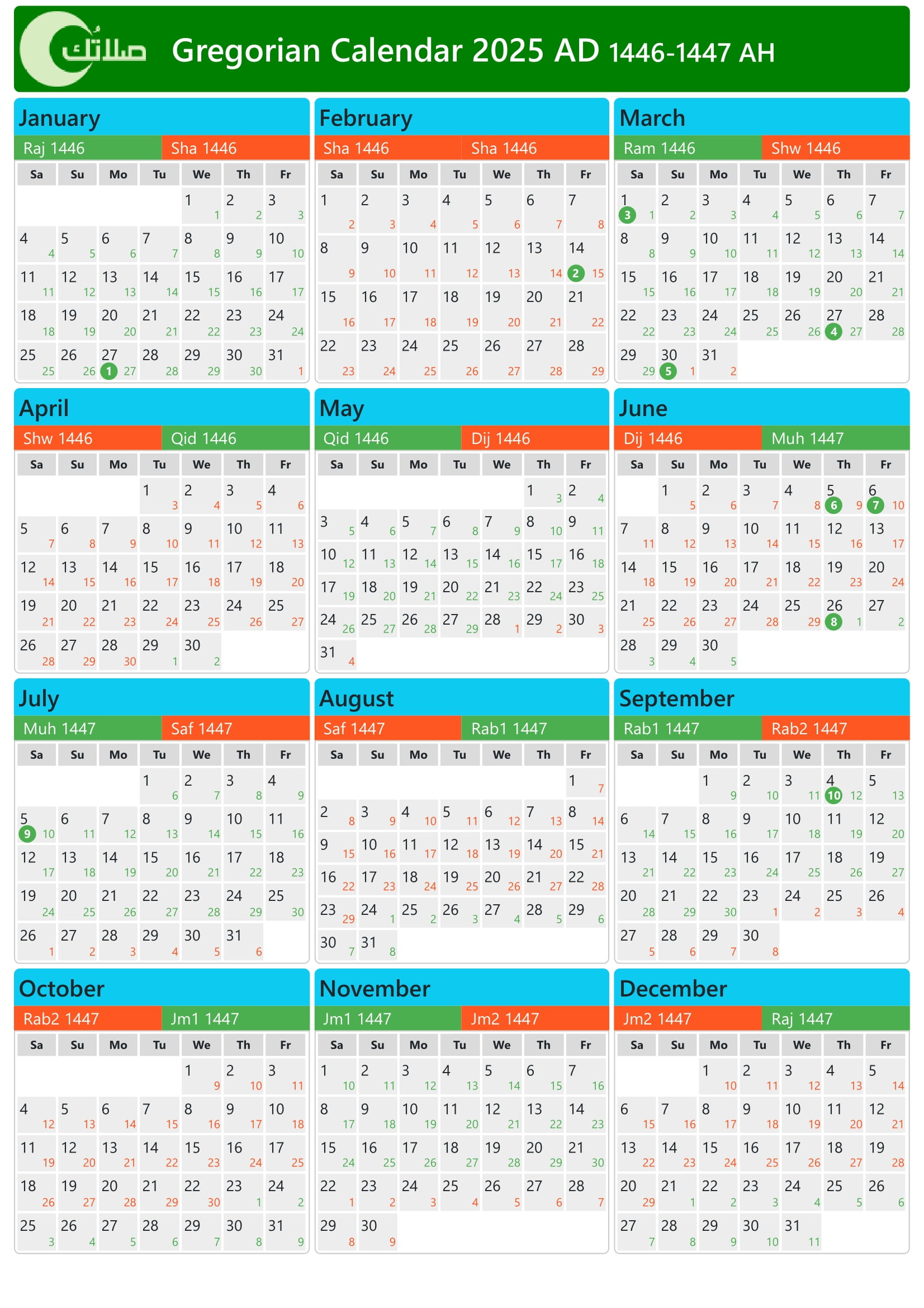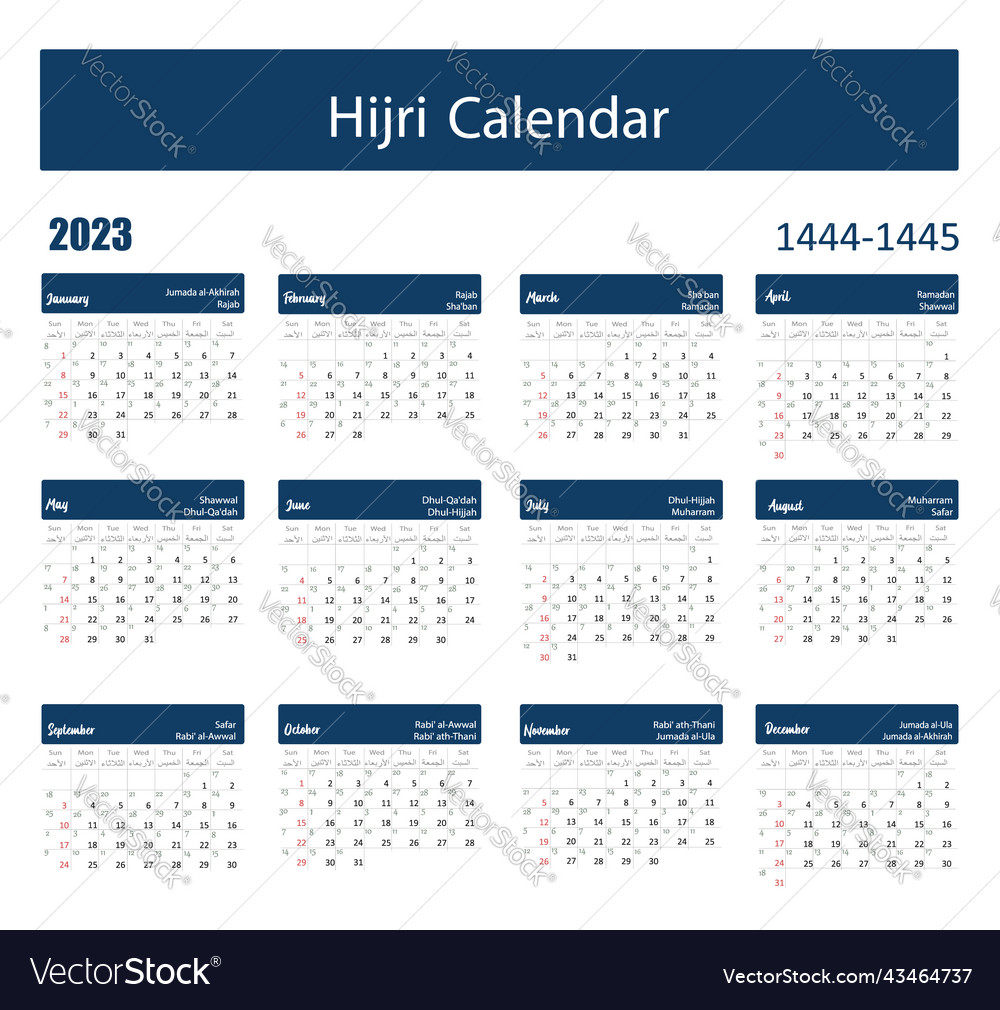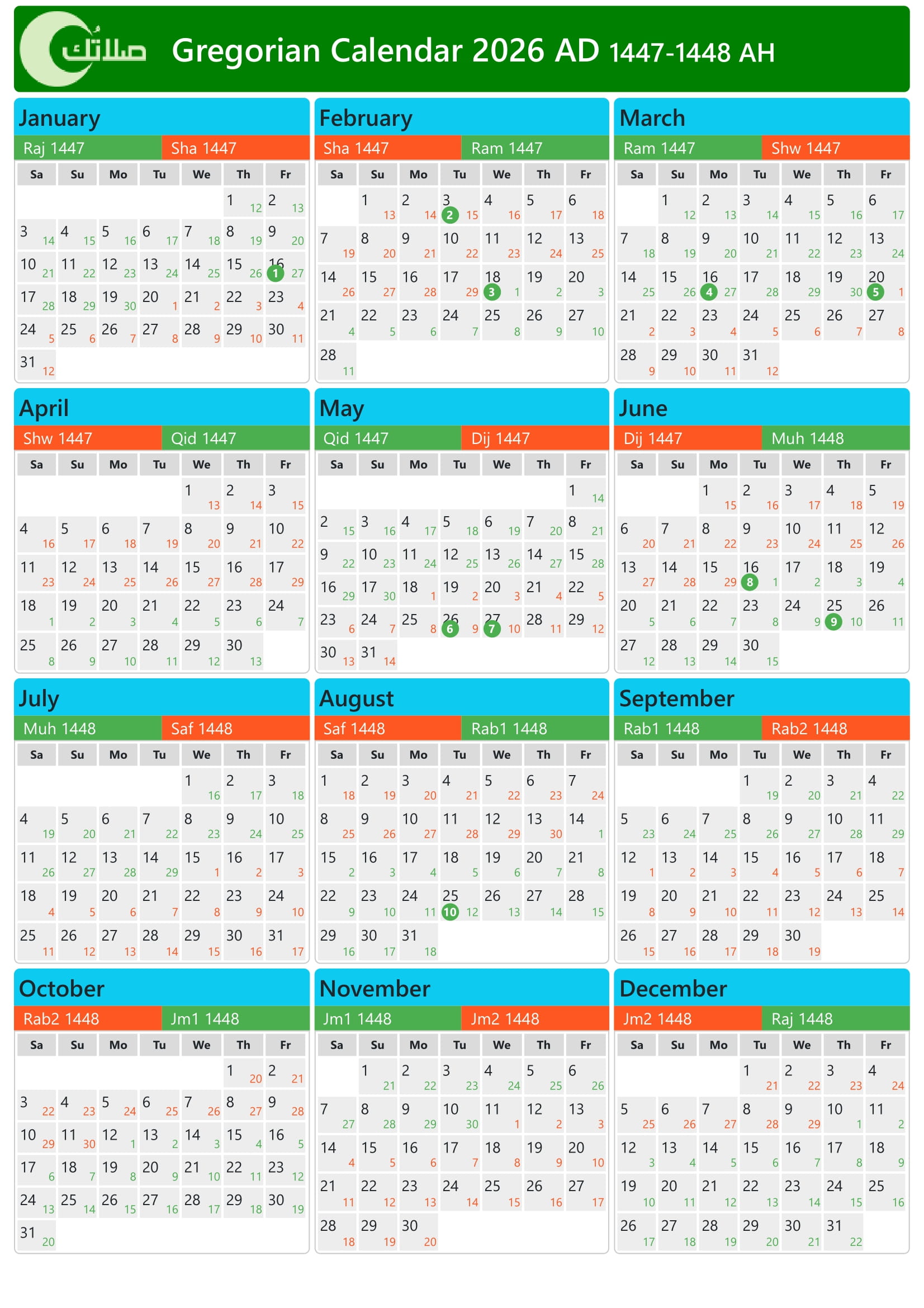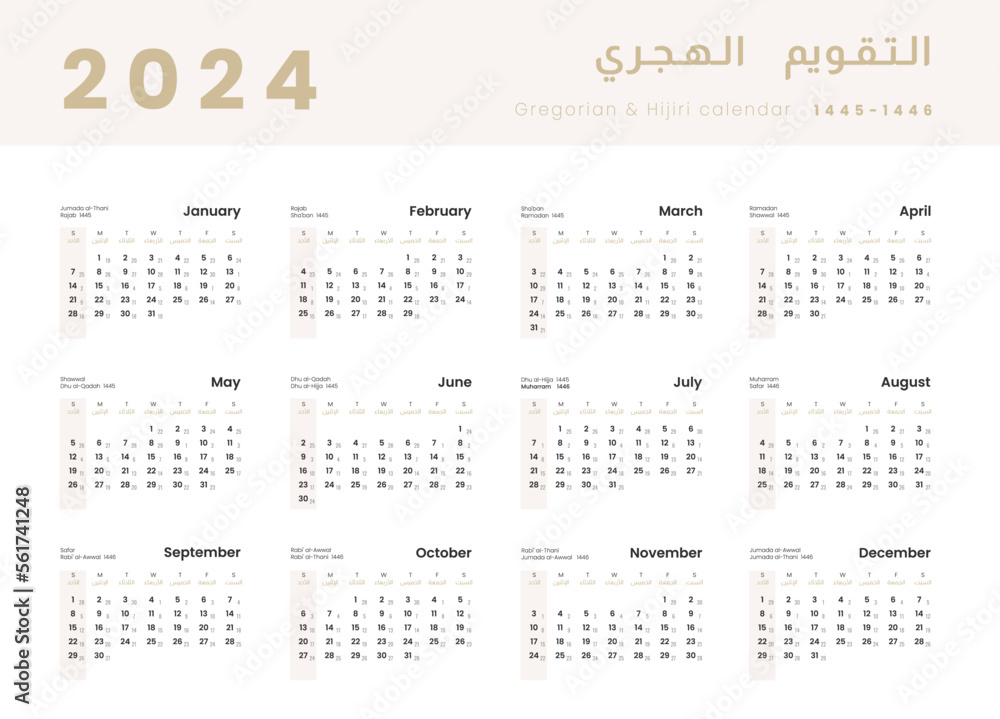Navigating The Sands Of Time: A Complete Information To Islamic-Gregorian Calendar Conversion
Navigating the Sands of Time: A Complete Information to Islamic-Gregorian Calendar Conversion
Associated Articles: Navigating the Sands of Time: A Complete Information to Islamic-Gregorian Calendar Conversion
Introduction
With nice pleasure, we are going to discover the intriguing matter associated to Navigating the Sands of Time: A Complete Information to Islamic-Gregorian Calendar Conversion. Let’s weave attention-grabbing info and supply recent views to the readers.
Desk of Content material
Navigating the Sands of Time: A Complete Information to Islamic-Gregorian Calendar Conversion

The Islamic calendar, a lunar calendar primarily based on the lunar cycles, stands in distinction to the Gregorian calendar, a photo voltaic calendar primarily based on the Earth’s revolution across the solar. This distinction essentially alters the best way dates are calculated and recorded, resulting in a necessity for correct conversion between the 2 programs. Whereas seemingly easy, the conversion course of holds nuances that require understanding to keep away from errors. This text gives a complete information to changing dates between the Islamic (Hijri) and Gregorian calendars, exploring the historic context, the mathematical rules concerned, and the sensible purposes of correct conversion.
Understanding the Basic Variations:
The Gregorian calendar, the internationally accepted civil calendar, is a photo voltaic calendar with a set 12 months size of roughly 365.2425 days, accounting for leap years. This ensures that the calendar 12 months aligns comparatively intently with the photo voltaic 12 months, the time it takes for the Earth to finish one orbit across the solar. The Gregorian calendar’s construction, with its months of various lengths and an everyday bissextile year cycle, is well-established and broadly understood.
In distinction, the Islamic calendar, also referred to as the Hijri calendar, is a purely lunar calendar. Its 12 months is predicated on the lunar cycle, the time it takes for the moon to finish one orbit across the Earth, roughly 29.53 days. This leads to a lunar 12 months of roughly 354 days, about 11 days shorter than the photo voltaic 12 months. This distinction signifies that the Islamic 12 months would not align with the seasons; a selected Islamic date will fall on totally different seasons all through the years. Moreover, the Islamic calendar makes use of a strictly lunar-based system, with no intercalation (including additional days) to reconcile the distinction with the photo voltaic 12 months.
This basic distinction between a photo voltaic and a lunar calendar is the first supply of complexity within the conversion course of. A easy method is not adequate; as a substitute, subtle algorithms and historic information are sometimes crucial for correct conversion, significantly for dates far faraway from the current.
The Historic Context: Establishing the Epoch
The Islamic calendar begins its reckoning from the Hijra, the migration of the Prophet Muhammad from Mecca to Medina in 622 CE. This occasion marks the start of the Islamic period, 12 months 1 AH (Anno Hegirae, which means "within the 12 months of the Hegira"). This place to begin is essential for establishing a standard reference level for conversion. Nevertheless, the exact date of the Hijra inside the Gregorian calendar is topic to some scholarly debate, with minor variations current in numerous historic accounts. Fashionable conversion instruments usually depend on a standardized place to begin to make sure consistency.
Strategies of Conversion: From Easy Approximation to Refined Algorithms
A number of strategies exist for changing between the Islamic and Gregorian calendars, starting from easy approximations to complicated algorithms integrated into software program and on-line converters.
1. Easy Approximation: For tough estimates, a easy calculation can be utilized. Nevertheless, this methodology is very inaccurate and will solely be used for very common functions. It usually entails multiplying the Islamic 12 months by 354 and including the variety of days within the Islamic months. This strategy ignores the nuances of leap years in each calendars and the variations in month lengths.
2. Desk-Primarily based Conversion: Traditionally, conversion was primarily achieved utilizing in depth tables. These tables, usually present in astronomical works and non secular texts, checklist corresponding dates in each calendars. Whereas correct for the precise vary coated by the desk, this methodology lacks flexibility and turns into cumbersome for dates outdoors the desk’s scope.
3. Algorithmic Conversion: Fashionable conversion depends closely on subtle algorithms. These algorithms bear in mind the complexities of each calendars, together with the principles for figuring out leap years in each programs. These algorithms usually incorporate historic information and refined calculations to attenuate error. Such algorithms are applied in varied software program packages and on-line converters. These instruments supply probably the most correct conversions, particularly for dates spanning many centuries.
The Function of Leap Years:
Leap years play a essential function in each calendars, however their dedication differs considerably. The Gregorian calendar employs a comparatively easy bissextile year rule (divisible by 4, apart from century years not divisible by 400). The Islamic calendar’s bissextile year dedication is extra complicated, primarily based on a 30-year cycle and a selected algorithm regarding the lunar visibility. The accuracy of the conversion relies upon closely on the proper identification and dealing with of leap years in each programs.
Challenges and Potential Errors:
Regardless of the provision of subtle algorithms, potential errors in Islamic-Gregorian calendar conversion can come up from a number of sources:
- Variations within the Hijra Date: As talked about earlier, slight variations exist within the historic data of the Hijra’s exact Gregorian date. This may result in minor discrepancies in conversions, significantly for older dates.
- Regional Variations: Whereas the Islamic calendar is globally utilized by Muslims, minor regional variations within the remark of the lunar months can exist, affecting the accuracy of conversion.
- Software program and Algorithm Limitations: Even subtle algorithms could include minor inaccuracies or limitations, significantly for dates far up to now or future.
- Person Enter Errors: Incorrectly coming into the date in a single calendar system is a standard supply of error within the conversion course of.
Sensible Functions of Correct Conversion:
Correct conversion between the Islamic and Gregorian calendars is essential in varied contexts:
- Historic Analysis: Researchers learning Islamic historical past and tradition depend on correct conversion to put occasions inside a globally understood chronological framework.
- Spiritual Observances: Exact conversion is important for scheduling spiritual occasions and holidays, guaranteeing that celebrations are noticed on the proper dates throughout totally different areas and communities.
- Authorized and Administrative Functions: In some international locations with important Muslim populations, correct calendar conversion is important for authorized and administrative features.
- Worldwide Communication: Clear and correct date conversions facilitate communication and collaboration throughout cultures.
Conclusion:
Changing between the Islamic and Gregorian calendars is a activity requiring cautious consideration of the basic variations between lunar and photo voltaic calendar programs. Whereas easy approximations can suffice for tough estimates, correct conversion, significantly for historic analysis or spiritual observances, requires the usage of subtle algorithms and dependable conversion instruments. Understanding the historic context, the principles governing leap years in each programs, and the potential sources of error is essential for guaranteeing the accuracy and reliability of the conversion course of. With the growing availability of correct conversion instruments and the rising understanding of the complexities concerned, navigating the sands of time between these two calendar programs turns into more and more accessible and exact.








Closure
Thus, we hope this text has supplied invaluable insights into Navigating the Sands of Time: A Complete Information to Islamic-Gregorian Calendar Conversion. We thanks for taking the time to learn this text. See you in our subsequent article!